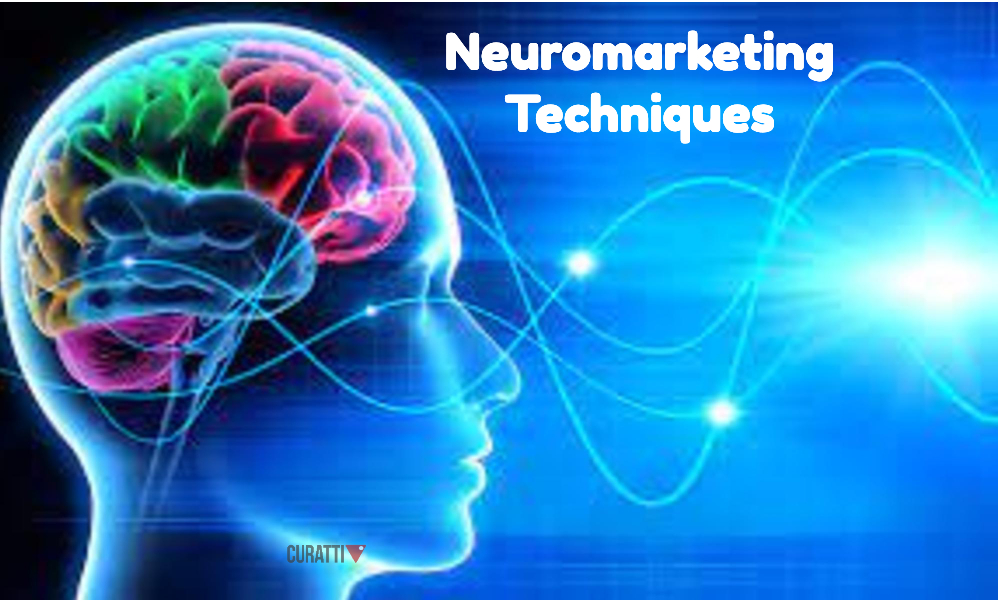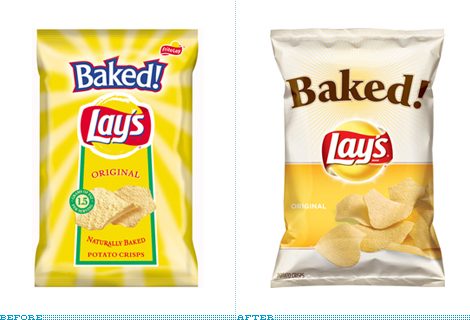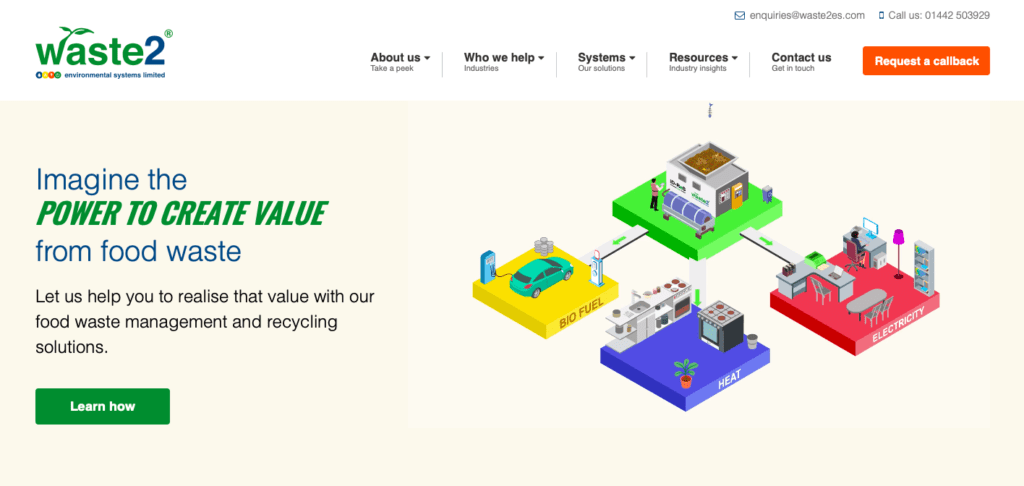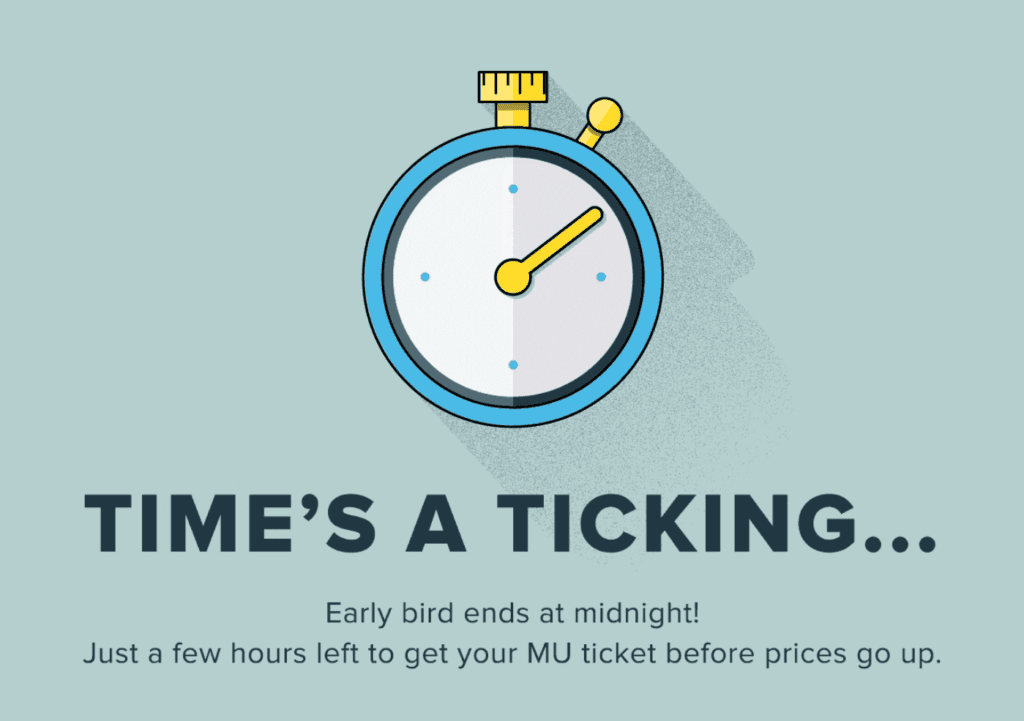12 Neuromarketing Techniques That Will Continue to Rule the Marketing Realm

Neuromarketing is a market research technique that helps marketers procure and assess accurate insights into various consumer behaviors. These insights are used to customize marketing solutions based on consumer needs and elicit specific favorable responses to marketing content, advertisements, and product packaging.
Various technological advancements have been instrumental in aiding the growth of neuromarketing, such as functional magnetic resonance imaging (fMRI), facial coding, and eye-tracking, in addition to several new applications and software.
Here are some popular neuromarketing techniques that brands have used to great success (and that you might want to invest in for your brand too):
1. Using the Right Packaging
Multiple studies have been carried out to analyze exactly how customers feel about different types of product packaging, including the material, colors used, text, font, and so on. These studies can reveal valuable insights about customer preference.
For instance, a study by ScienceDirect revealed that customers viewed shiny packaging negatively and were neutral about matte packaging.
PepsiCo Frito-Lay decided to change its packaging because its shiny packaging featuring images of potato chips stimulated the cingulate cortex, an area in the human brain that produces guilt and shame.
On the other hand, their matt beige packaging did not activate the cingulate cortex and helped Frito-Lay increase their potato chips’ sales.
2. Experiment with Color to Arouse Emotion
Color psychology has long been recognized as one of the key tools in a marketer’s kit. Which colors you use in your brand logo or your ad messaging determines to a large extent what your customers feel when they look at them.
Red, for instance, stimulates hunger and is thus used by fast-food brands like KFC or Pizza Hut. Cool blue and grey tones indicate professionalism and therefore favored by IT companies, while greens and browns are gentler and popular with organic food, environmental technologies, or personal care brands.
3. Avoid Decision Paralysis to Simplify Decision-Making
Research shows that having too many choices may lead to decision paralysis, wherein the customer cannot decide and ends up not buying anything.
This is particularly true if there are too many options laid out on a shelf in a physical store. Have you ever felt overwhelmed by the variety of biscuits, soups, or chocolates laid out neatly in supermarkets? We are sure you do!
Having too much choice can lead you to take fewer positive risks in making selections in place of more considered choices. Neuromarketing, thus, can help marketers decide on an optimum number of products to promote.
4. Improve Customer Commitment through Price Anchoring
Neuromarketing research has revealed that the first piece of information a customer gets about a product tends to be the basis for the customer’s buying decisions. Getting this first piece of information right, therefore, is a priority for advertisers.
For instance, anchoring tends to evaluate something by comparing it with surrounding options rather than on its merit alone.
This motivates us to buy something with slightly more features or a somewhat lower price than the next option when both are presented side by side.
For instance, if you compare two coffee machines at the same price but one of them has one extra feature, you are more likely to go ahead with it. Your mind will believe you are getting a better deal for the same price. Here are some price testing methods you could deploy.
5. Do Not Round off Numbers Anymore
One of the oldest pricing tricks used by advertisers is the .99 rule. It may not work when a customer is trying to purchase a jar of peanut butter for $2.99. In their mind, they have rounded off the figure to $3. It works wonders for lower-cost items. However, recent studies show that this is not quite as effective for high-end items.
That is because complex prices work better when the product stimulates the logical part of the brain (such as a SaaS subscription that needs to be strategically chosen), while rounded figures work better for emotional buying decisions.
This article on livescience.com goes into a little more detail.
6. Sprinkle Surprise in Your SEO Copy
Every company tries to employ the best SEO practices. However, SERPs are filled with too many similar listings, making differentiation hard to incorporate.
For instance, a search for “flights to Hawaii” produces organic results for the cheapest flights even without using “cheap flights to Hawaii.” SERPs are a step ahead of us!
However, the human mind wanders 50% of the time, and information overload is a real problem. So, how can neuromarketing help break this problem? By adding an element of surprise. The human brain physically lights up when surprised! That is a powerful insight.
Sure, SEO focuses on keywords and topics. But what if your ad campaign twists the concept a little to support your SEO?
For instance, Blendtec shocked the world when it started blending everyday gadgets, such as iPhones, golf balls, and rake handles, to demonstrate their blenders’ power.
Their videos earned them more than 50,000,000 views, and their organic website traffic jumped by 108,000 Alexa spots in a quarter!
Perhaps the same strategy can be applied while writing an advertisement headline. For instance, ‘hippocampal headlines’ is a technique by which you alter a common phrase slightly and activate the hippocampus in the viewer’s brain, catching their attention.
Patrón Tequila employed a clever copywriting tactic based on neuroscience, with their ad headline “Practice Makes Patrón,” which typically should be “Practice Makes Perfect.”
You may also want to read: Content Marketers: This is How Your Prospect’s Brains React To Stories
7. Promote Speed (in Your Service)
Creating urgency in customers to buy something before stocks run out or the discount lifts is a typical application of neuromarketing. However, there is another angle to speed and urgency — convenience.
Payments Company PayPal conducted a study and concluded that convenience stimulated more brain activity in their customers than security, which many of their competitors were focusing on.
As a result, they started emphasizing the speedy payment services they offered in their ad content and pitched that their services are faster, convenient, and easy!
8. Follow the Conventional Website UX
Neuromarketing can help you design the optimal layout for your website to generate maximum conversions. From the color palette to text layout to button size to photo size, every little detail impacts.
Vertical designs, for instance, tend to be more effective than horizontal pages, as users typically scroll webpages from up to down.
The website on Amsterdam’s canals, although beautifully designed, offers an unconventional UI/UX due to its horizontal scrolling. Any website visitor would still be tempted to scroll up and down instead of sideways.
9. Utilize the Concept of Loss Aversion to Create Urgency
Urgency, as mentioned above, is a powerful marketing tactic. The ‘buy before it’s gone’ message is highly effective at stimulating a quick purchase owing to a phenomenon called loss aversion.
Of course, it is essential not to overuse this technique either, which may annoy your customers. Such ads can also have a very overwhelming effect on them — which could form an aversion of the business or product.
10. Measure Emotional Responses
Emotional response analysis is a neuromarketing technique that measures emotion-based, pre-conscious responses. It helps better understand how people respond to marketing stimuli by focusing on the non-verbal markers of an emotion-driven response — e.g. facial expressions.
This is a critical technique for marketers to deploy, as emotions like frustration or happiness in response to an ad indicate that something about the ad needs to change or stay the same. It is also useful in measuring customer satisfaction more accurately.
On testing redesigned soup labels, Campbells found that adding a human face and aroma vapors and eliminating the spoon’s image increased their sales by 12%.
A product’s design significantly impacts how customers perceive its usefulness, and neuromarketing can help with effective prototype testing.
Hyundai, for instance, conducted a survey that used EEG to evaluate brain activity in customers in response to different design features and ended up changing their interior design completely.
Sometimes, the answer is not what it seems on the surface, and neuromarketing techniques such as EEG imaging can determine what people feel about an ad or product.
This is especially useful if people are holding back their true response for fear of mockery, as in the case of a Cheetos ad that featured a woman seeking vengeance on someone in a Laundromat by putting the orange-color snack in the latter’s dryer full of white clothing.
Participants in the focus group said they did not like the prank to avoid appearing as mean-spirited. However, EEG tests confirmed women participants loved the ad.
Editor’s note: Nobody is suggesting that you need to go this far for your small business. It is nevertheless interesting to see what the big boys are doing! The same can be said for #11, below.
11. Design Ads with the Help of Brain Imaging
Now that fMRI imaging has entered the marketing toolkit, advertisers can get unprecedented insights into human behavior and customer habits to design more effective ads.
This tool is often used in A/B testing ads before public release, wherein brain activity in response to different versions of an ad is monitored
Engaging ads will stimulate activity in parts of the brain that motivate the customer to call the brand or visit the website to make a purchase.
12. Use Eye Gaze to Manipulate Attention
Ads that feature people, particularly babies, tend to do better than ads without people in them. However, it is not just about the presence of people or babies.
Research has demonstrated that if the person or baby in the ad is looking in a specific direction (at the product being advertised, for instance), the viewer will look in that direction too. This is a clever and simple move to draw attention to your product.
Look at the picture above — are you not tempted to see what the baby is seeing? That is a neuromarketing technique at work.
Wrapping it up
With the rising popularity of neuromarketing, one thing is clear: brand examples are pretty diverse. From B2B SaaS to B2C retail — many domains have applied this technique in their marketing campaigns.
The possibilities with neuromarketing are endless for today’s marketers. Writing ad copy, conceptualizing the brand design, and supporting organic SEO, are easier and more scientifically balanced due to neuromarketing.
What do you think?
Sign Up For Our Mailing List
If you’d like to receive more in-depth articles, videos, and Infographics in your inbox, please sign up below. We’ll also keep you abreast of our upcoming soup-to-nuts blogging class, which will start in June.

Sign up for the newest articles from Curatti, delivered straight to your inbox
Featured image: Origin unknown








